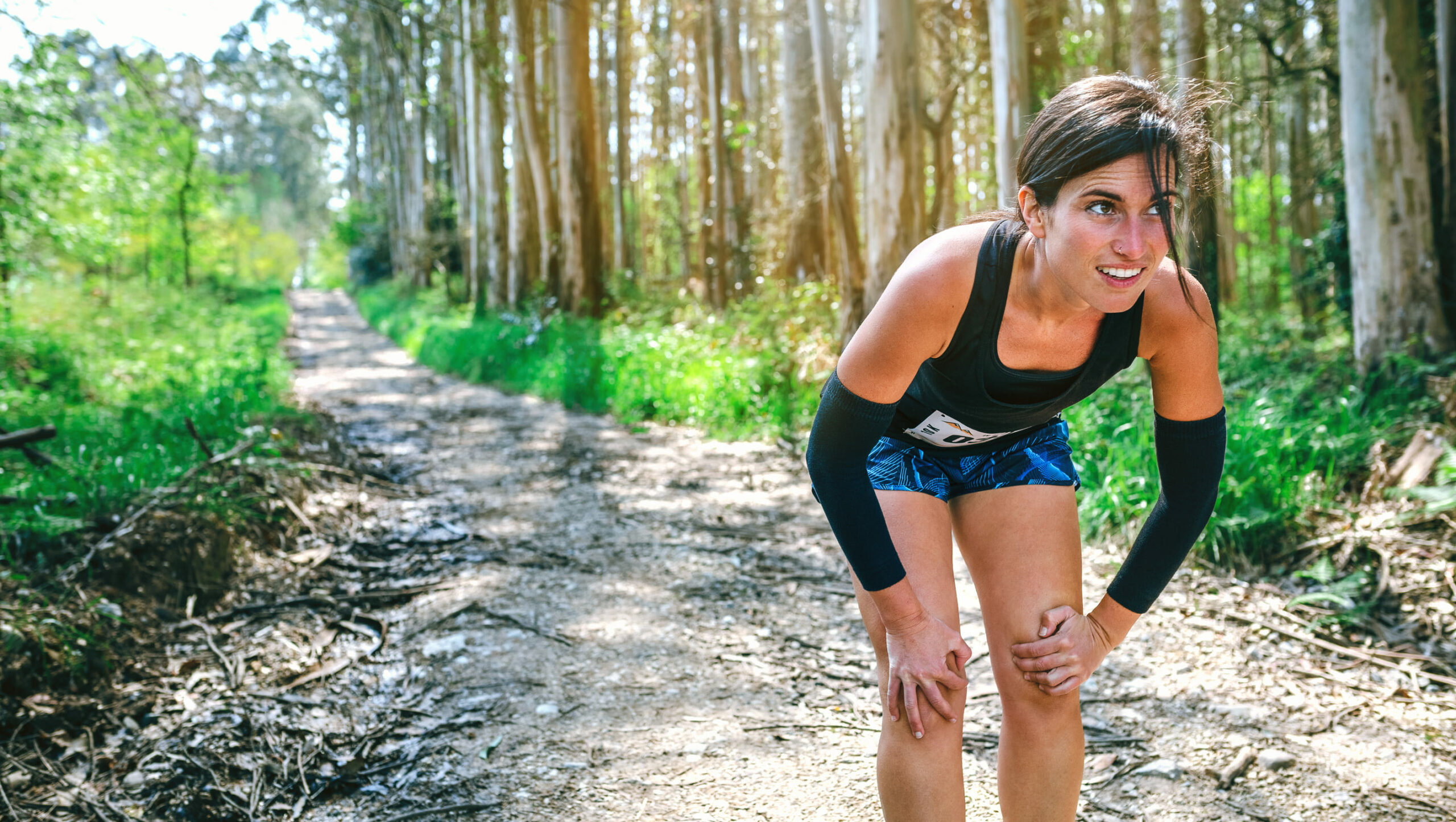What helps best against side stitches

Almost everyone has had to struggle with it at some time or another. Not only recreational athletes but also Olympic athletes. That nasty pain below the costal arch, which we popularly call side stitches. Fortunately, harmless, they can turn training into torture. But with these tips, you’ll quickly get a grip on the problems.
The cause is still not fully understood
Medicine is now very advanced. The most modern imaging techniques X-ray the body super precisely, but how side stitches occur is still not one hundred percent clear. There are only theories:
- One theory assumes that organs such as the liver, spleen, stomach, and intestines in a side stitch are not supplied with sufficient blood. That could be true because the body needs the lifeblood to supply blood to the working leg muscles when running.
- An undersupply of the liver leads to tension pain in the liver capsule, and you inevitably grab the stomach and start massaging it.
- It could also be due to a lack of blood circulation in the intestine. As a result, gases are produced, which cause intestinal cramps, which we then perceive as side stitches.
- By far, the most popular theory is that it is due to an abnormal load on the diaphragm, after all, our most important respiratory muscle. Wrong eating and drinking habits before and during sports can support the problem.

Every fifth athlete struggles with side stitches
Whatever the cause, side stitches are unpleasant. It is estimated that up to 20 percent of all endurance athletes are affected, especially runners, swimmers, and cyclists. Here are the best tips to prevent side stitches:
- Never exercise on a full stomach. The digestive organs are in direct contact with the diaphragm, and the membrane suffers from full organs.
- The last big meal should have been three hours ago. Only small and easily digestible foods, such as ripe bananas, are allowed at shorter intervals before exercise (but preferably only if the hunger is too high).
- It is essential to start each training session calmly and to increase the intensity gradually. In this way, the body gets the possibility to adapt the increased blood demand to its needs.
- Also, continuous training adapted to the individual abilities protects against side stings.
- Correct breathing is also of crucial importance. It cannot work if you are talking during exercise. Even rapid breathing is not advisable. Abdominal breathing is ideal. More about this topic later.
SOS-tip – reducing the intensity
And if the side stitches do occur? In that case, you should reduce the intensity as an immediate measure. Either slow down or take a short break if necessary. Usually, the stitches will disappear quickly. Extra tip: Take a deep breath so that your stomach curves forward. Then pull inwards when breathing out. It is like a tiny massage of the internal organs and helps most athletes very quickly. If you want to, you can then resume your training slowly and should listen to your body. If the side stitches occur again, the load for this day may be too high.